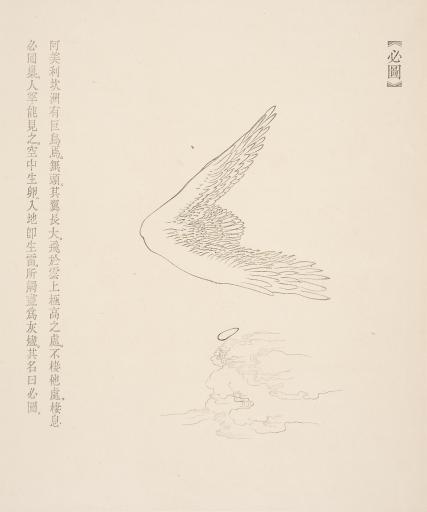Bi Tu 必图 (B2 Bomber), Qiu Anxiong
Artwork Overview
Qiu Anxiong, artist
born 1972
Bi Tu 必图 (B2 Bomber),
2008
Portfolio/Series title: Xin Shanhai Jing 新山海经 (New Book of Mountains and Seas)
Where object was made: China
Material/technique: woodcut; rice paper
Dimensions:
Image Dimensions Height/Width (Height x Width): 420 x 500 mm
Image Dimensions Height/Width (Height x Width): 16 9/16 x 19 11/16 in
Sheet/Paper Dimensions (Height x Width): 497 x 577 mm
Sheet/Paper Dimensions (Height x Width): 19 9/16 x 22 11/16 in
Mat Dimensions (Height x Width): 32 x 24 in
Image Dimensions Height/Width (Height x Width): 420 x 500 mm
Image Dimensions Height/Width (Height x Width): 16 9/16 x 19 11/16 in
Sheet/Paper Dimensions (Height x Width): 497 x 577 mm
Sheet/Paper Dimensions (Height x Width): 19 9/16 x 22 11/16 in
Mat Dimensions (Height x Width): 32 x 24 in
Credit line: Museum purchase: R. Charles and Mary Margaret Clevenger Art Acquisition Fund
Accession number: 2009.0111.09
Not on display
If you wish to reproduce this image, please submit an image request




